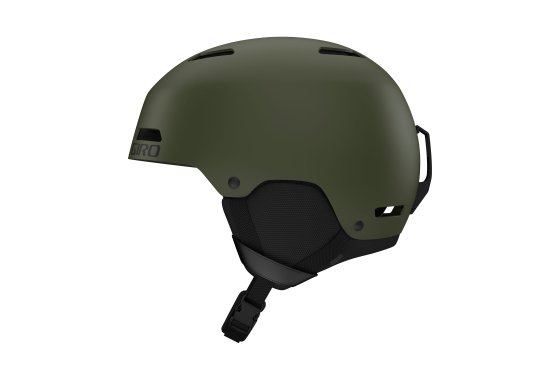Giro Ledge MIPS Helmet
Last checked price £100.00
Email Newsletter
* Prices need to be checked at the Merchant's website as they may have changed
The Giro Ledge Mips helmet is a top seller each season. Its hard-shell construction makes it tough and durable, perfect for freestyle, and Mips provides added protection. Giro’s fit system enables up to 6cm of size adjustment and the ear pads can be removed for warmer days or wearing a beanie underneath.
ConstructionHard-shell construction uses a tough and durable ABS outer attached to an impact-absorbing EPS foam liner.
VentilationSuper Cool passive vents are non-adjustable but allow plenty of airflow to prevent you from getting too hot. There are two vents at the front, 4 on top, and 2 at the back. Stack Ventilation under the brim draws hot air away from the top of goggles to help keep your vision clear.
FitGiro's In Form 2 fit system allows you to fine-tune the size by twisting the dial at the back (provides up to 6cm of adjustment). On-the-Fly vertical tuning enables the helmet to be tilted forward or backward to accommodate different goggles and avoid gaps.
Additional SafetyMips (Multi-directional Impact Protection System) is a low friction layer between the shell and liner. In the event of certain impacts and falls it allows a small amount of movement designed to redirect energy away from the brain and reduce the risk of injury.
Safety StandardsEN 1077 Class B
- Tool-free removable goggle retainer
- Removable ear pads
- Ear pads compatible with aftermarket headphones
- Includes a soft Giro helmet bag
MIPS HELMET TECHNOLOGY EXPLAINED
MIPS (Multi-directional Impact Protection System) MIPS is not a construction as such but a safety feature integrated into the build. MIPS reduces rotational forces on the brain caused by angled impacts to the head. In a MIPS helmet the shell and the liner are separated by a low friction layer. When subjected to an angled impact, the low friction layer allows the helmet to slide relative to the head, absorbing much of the energy.
